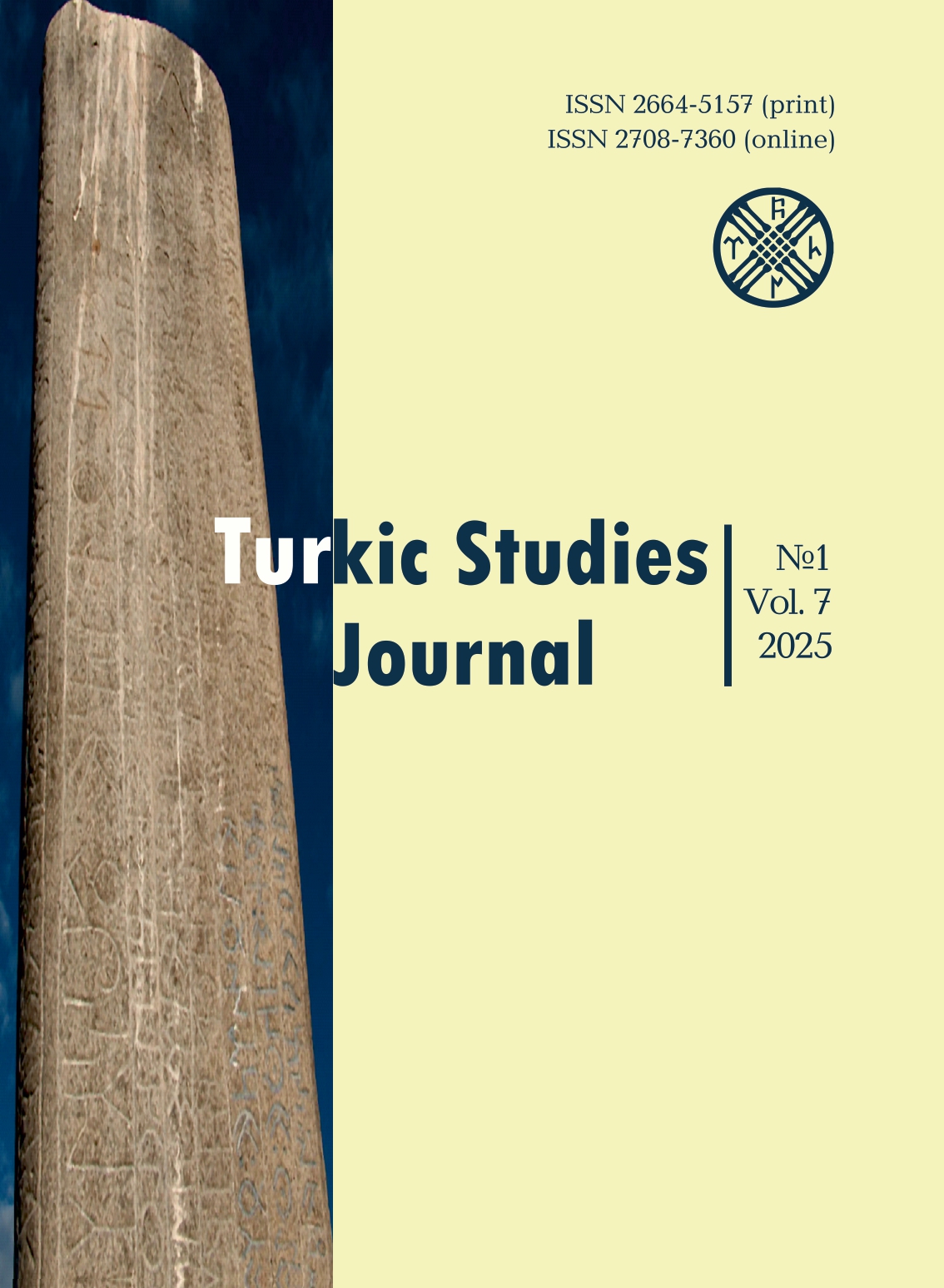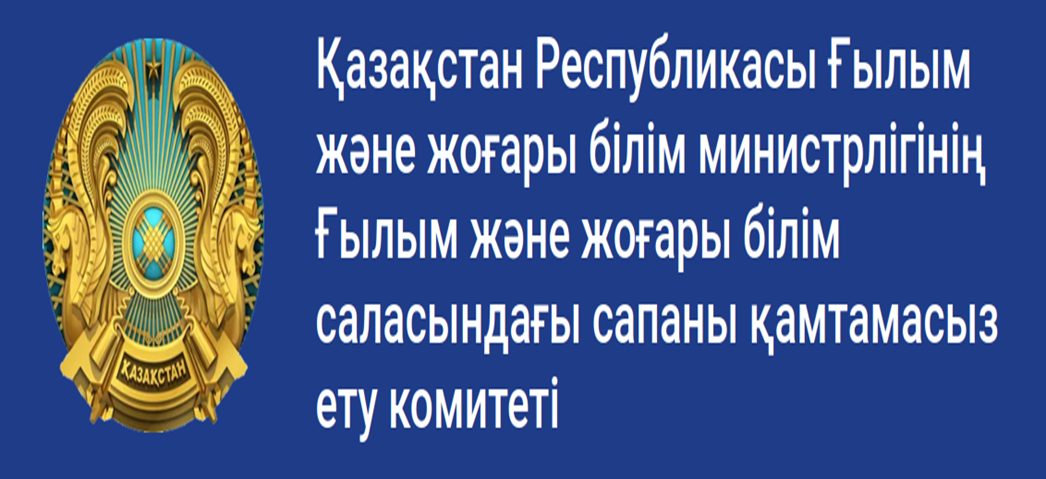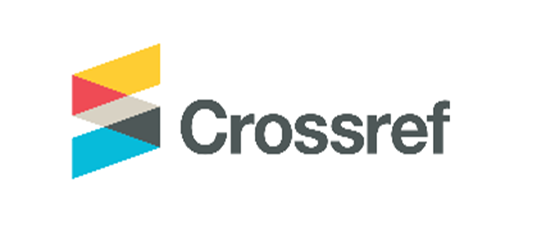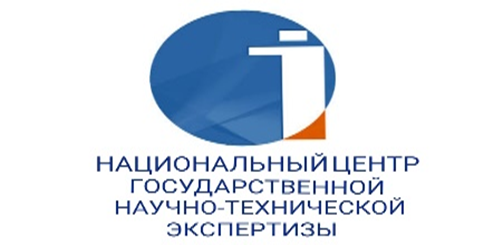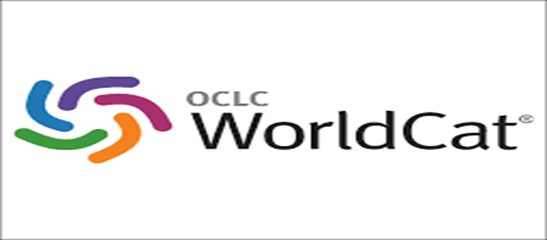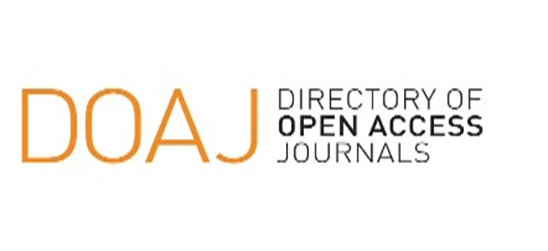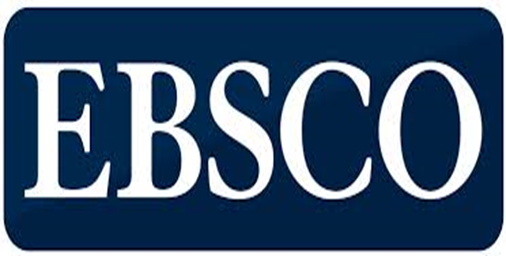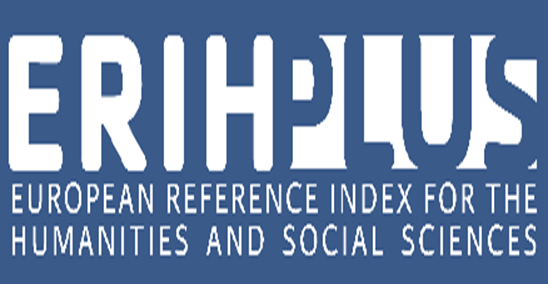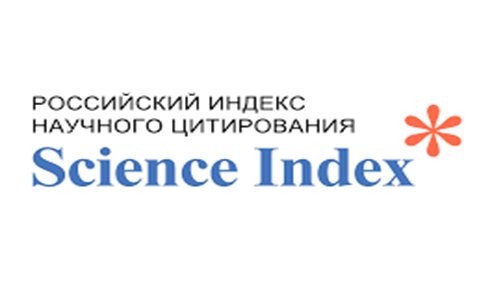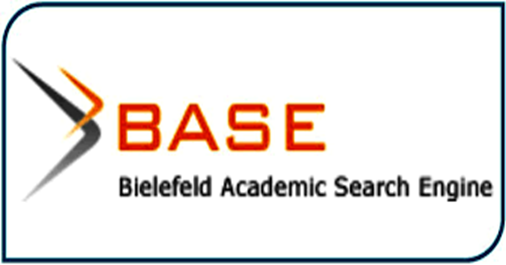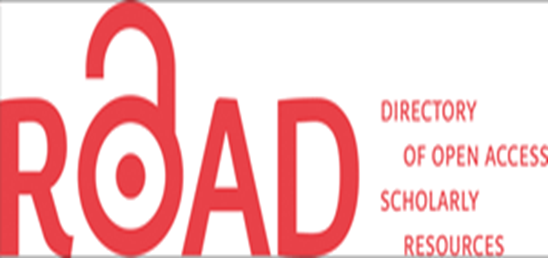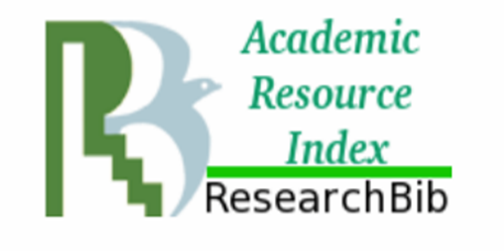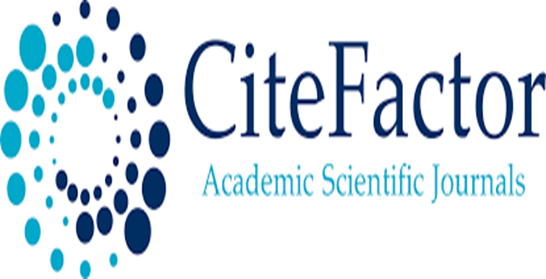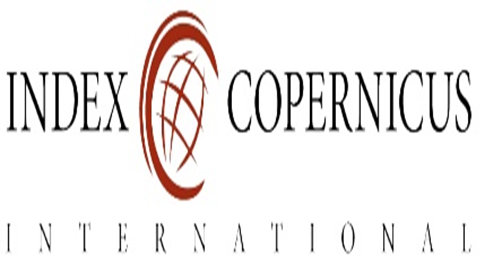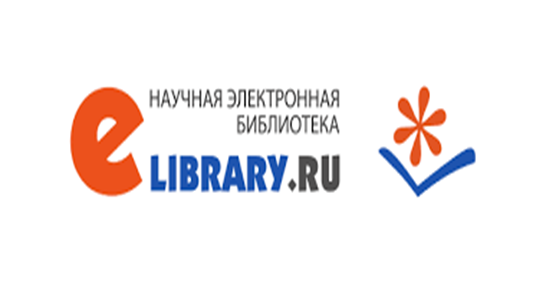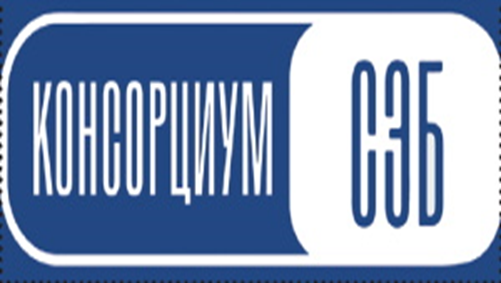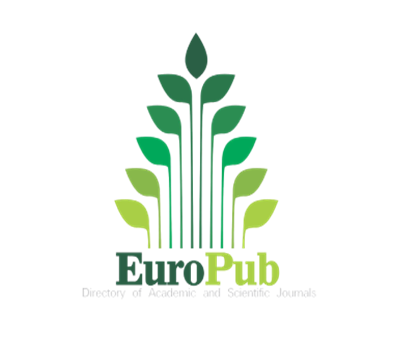The linguistic representation of Abish Kekilbayev’s literary world in the National Corpus of the Kazakh language
Views: 252 / PDF downloads: 141
DOI:
https://doi.org/10.32523/2664-5157-2025-1-163-177Keywords:
National Corpus, corpus linguistics, electronic text, symbol, metaphor, literary world, linguistic representation, linguistic personality, discourse, A. KekilbayevAbstract
In the era of globalization, the complexity of language requires analysis through new information technologies. The anthropocentric perspective in Kazakh linguistics considers not only linguistic constants but also the egocentric traits of language users.
However, the structuring of linguistic consciousness and the identification of a linguistic personality’s spiritual and value-based significance remain underexplored. Beyond communication, language’s cumulative and ethno-cognitive roles are crucial within the anthropocentric paradigm. The interrelationships of ‘language ~ culture’, ‘language ~ society’, and emerging ‘language ~ computer’ connections reflect modern linguistic trends, supported by empirical research.
This aligns with the field of textual linguistics, which has evolved since the 1960s, and discourse studies. The field of applied linguistics in Kazakh studies has advanced, notably with the frequency dictionary based on M. Auezov’s 20-volume collected works (1995), paving the way for corpus linguistics through computational methods.
Optimizing fundamental research via a corpus-based approach is essential for uncovering internal linguistic patterns. The Department of General Linguistics and European Languages at the Faculty of Philology, Al-Farabi Kazakh National University, developed the Almaty
Corpus of the Kazakh Language Corpus, which can be regarded as the starting point of this research in Kazakhstani linguistics.
In 2012, the A. Baitursynuly Institute of Linguistics launched The National Corpus of the Kazakh Language, an annotated electronic resource covering all functional styles and comprising twelve subcorpora. This paper examines Abish Kekilbayev’s linguistic identity using the writers’ subcorpus of the National Corpus of the Kazakh Language. His works Аңыздың ақыры (The End of the Legend), Бәсеке (Rivalry), and Шыңырау (The Abyss) provide a basis for corpus-based textual analysis.
The study examines his authorial phraseological expressions, unique collocations, colour and shade designations, use of ethnolexis and linguocultural elements, as well as linguistic pragmatic expressive means. As an outstanding master of literary expression, A. Kekilbayev possessed a unique ability to unveil the implicit meanings of language, deeply comprehended
the origins of Kazakh verbal artistry, and made a significant contribution to its further development.
Downloads
Reference
Абай тілінің сөздігі, 1968. Алматы: Ғылым. 734 б.
Алдаш А., 2004. Қазіргі қазақ көркемсөз өрнегі. Алматы: Қазақ универститеті. 224 б.
Алексеева Л.В., Мишланова С.Л., 2002. Медицинский дискурс: теоритеческая основа и принципы. Пермь. 200 с.
Алефиренко Н.Ф., 2013. Лингвокультурология (ценностно-смысловое пространство языка). М.: Флинта, Наука. 224 с.
Антонова Е.Н., 2023. Интертекстуальный характер поэтического филологического дискурса. // Вестник Российского университета Дружбы народов. Серия: Теория языка, семиотика, семантика. №14(1). С. 246-255.
Балақаев М., 1987. Қазақ әдеби тілі. Алматы. 269 б.
Гальперин И.Р., 2005. Текст как объект лингвистического исследования. М.: Едиториал УРСС. 144 с.
Жалпы білім берудегі қазақ тілінің жиілік сөздігі, 2016. Алматы: Дәуір. 1472 б.
Жанпейісов Е., 1976. М.Әуезовтің «Абай жолы» эпопеясының тілі (тарихиэтимологиялық байқаулар, материалдар). Алматы: Ғылым.
Жұбанов А., Жаңабекова А., 2017. Корпустық лингвистика. Алматы: «Қазақ тілі» баспасы. 336 б.
Жұмалиев Қ., 1960. Қазақ әдебиеті тарихының мәселелері және Абай поэзиясының тілі. Алматы. 364 б.
Қазақ әдеби тілінің cөздігі, 2011. Алматы. 760 б.
Қайдаров Ә., Ахтамбердиева З., Өмірбекова Б., 1992. Түр-түстердің тілдегі көрінісі. Алматы: Ана тілі. 160 б.
Лакофф Дж., Джонсон М., 2004. Метафоры, которыми мы живем. М.: Едиториал УРСС. 256 с.
Момынова Б., 2023. Көркем мәтін поэтикасы. Алматы: Қазақ тілі баспасы. 192 б.
Николаева Т.М., 2000. От звука к тексту. М.: Языки русской культуры. 680 с.
Өмірәлиев Қ., 1976. XV-XIX ғасырлардағы қазақ әдебиеті. Алматы: Ғылым. 270 б.
Рыков В.В., 2002. Корпус текстов как реализация объективно-ориентированный парадигмы // Труды международного семинара. Диалог-2002. М.: Наука. 300 с.
Садирова Қ.К., 2008. Қазақ тіліндегі көп пропозициялы дискурстың құрылымдық негіздері. Ақтөбе. 428 б.
Cмағұлова Г., 2002. Мәтін лингвиcтикаcы: оқу құралы. Алматы. 152 б.
Сыздықова Р., 2004. Абайдың сөз өрнегі. Алматы: Арыс. 208 б.
Сыздықова Р., Шалабаев Б., 1989. Көркем тексті лингвистикалық талдау. Алматы. Мектеп. 128 б.
Шәріп А., 2000. Қазақ поэзиясы және ұлттық идея. Алматы: Білім. 335 б.
Чернявская В.Е., 2009. Лингвистика текста: Поликодовость. Интертекстуальность. Интердискурсивность. М.: Книжный дом. 249 с.
REFERENCE
Abay tılınıñ sözdıgı [Dictionary of Abai’s language], 1968. Almaty. Gylym. 734 p. [in Kazakh].
Aldash A., 2024. Qäzırgı qazaq körkemsöz örnegı [The modern kazakh literary expression]. Almaty: Qazaq universitetı. 224 p. [in Kazakh].
Aleekseeva L.V., Mishlanova S.L., 2002. Medicinskij diskurs: teoreticheskaya osnova principy [Medical discourse: theoretical basis and principles] Perm. 200 p. [in Russian].
Alefirenko N.F., 2013. Lingvokulturologiya (cennostno-smyslovoe prostranstva yazyka) [Linguoculturology (the value-semantic space of language)]. M.: Flinta, Nauka. 224 p. [in Russian].
Antonova E.N., 2023. Intertekstualnyj harakter poeticheskogo filologicheskogo diskursa. [The intertextual nature of poetic philological discourse]. Bestnik Rossijskogo universiteta druzhba narodof. Seriya: Teoriya yazyka, semiotika, semantika. No14(1). P. 246-255. [in Russian].
Balaqaev M., 1987. Qazaq ädebi tılı [Kazakh Literary Language]. Almaty. 269 p. [in Kazakh].
Galperin I.R., 2005. Tekst kak obiekt lingvisticheskogo issledovaniya [Text as an object of linguistic research]. M.: Editorial URSS. 144 p. [in Russian].
Jalpy bılım berudegı qazaq tılınıñ jiılık sözdıgı [Frequency dictionary of the kazakh language in general education], 2016. Almaty: Däuır.1472 p. [in Kazakh].
Janpejısov E.M., 1976. Äuezovtıñ “Abai zholy” epopeyasynyñ tılı (tarihi-etimologiyalyq baiqaular, materialdar) [The language of M. Auezov’s ‘The path of Abai’]. Almaty: Ğylym. [in Kazakh].
Jūbanov A., Jaŋabekova A., 2017. Korpustyq lingvistika [Corpus linguistics]. Almaty: «Qazak tili» baspasy. 336 p.[in Kazakh].
Jumaliev Q., 1960. Qazaq ädebietı tarihynyñ mäselelerı jäne Abai poeziasynyñ tılı [Issues of the history of kazakh literature and the language of Abai’s poetry]. Almaty. [in Kazakh].
Qazaq ädebi tılınıñ sözdıgı [Dictionary of the kazakh literary language], 2011. Almaty. 760 p. [in Kazakh].
Qaidarov A., Ahtamberdieva Z., Ömırbekova B., 1992. Túr-tústerdıñ tıldegı körınısı. [The representation of colors in language.] Almaty: Ana tılı. 160 p. [in Kazakh].
Lakoff Dzh., Dzhonson M., 2004. Metafory, kotorymi my zhivem. [Metaphors we live by]. M.: Editorial URSS. 256 p.
Momynova B., 2023. Körkem mätin poetikasy. [Poetics of literary text]. Almaty: «Qazaq tılı» baspasy. 192 p. [in Kazakh].
Nikolaeva T.M., 2000. Ot zvuka k tekstu [From sound to text.] M.: Yazyki russkoj kultury. 680 p. [in Russian].
Ömıraliev Q., 1976. XV-XIX ğasyrlardağy qazaq ädebietı [Kazakh literature of the 15th-19th centuries]. Almaty: Ğylym. 270 p. [in Kazakh].
Rykov V.V., 2002. Corpus tekstov kak realizaciya obektivno-orientirovannyj paradigmy [Corpus of texts as an implementation of the objectively-oriented paradigm]. Trudy mezhdunarodnogo seminara. Dialog-2002. M.: Nauka. 200 p. [in Russian].
Sadirova. Q.K., 2008. Qazaq tılındegı köp proziciyaly diskurstyñ qūrylymdyq negızderı [Structural foundations of multi-propositional discourse in the kazakh Language]. Aqtöbe. 428 p. [in Kazakh].
Smagulova G., 2002. Mätin lingvistikasy: oqu quraly [Text linguistics: A study guide]. Almaty. 152 p. [in Kazakh].
Syzdyqova R., 2004. Abaidyñ söz örnegı [The Word Expression of Abai]. Almaty: Arys. 208 p. [in Kazakh].
Syzdyqova R., Shalabaev B., 1989. Körkem tekstı lingvistikalyq taldau [Linguistic analysis of a literary text]. Almaty: Mektep. 128 p. [in Kazakh].
Shärip A., 2000. Qazaq poeziyasy jäne ūlttyq ideya [Kazakh poetry and national idea]. Almaty: Bılım. 335 p. [in Kazakh].
Chernyavskaya B.E., 2009. Lingvistika teksta: Polikodovost. Intertekstualnost. Interdiskursivnost. [Text linguistics: Polycodality. Intertextuality. Interdiscursivity.]. M.: Knizhnyj dom. 249 p. [in Russian].
Downloads
Published
How to Cite
Issue
Section
License
Copyright (c) 2025 Turkic Studies Journal

This work is licensed under a Creative Commons Attribution-NonCommercial 4.0 International License.

